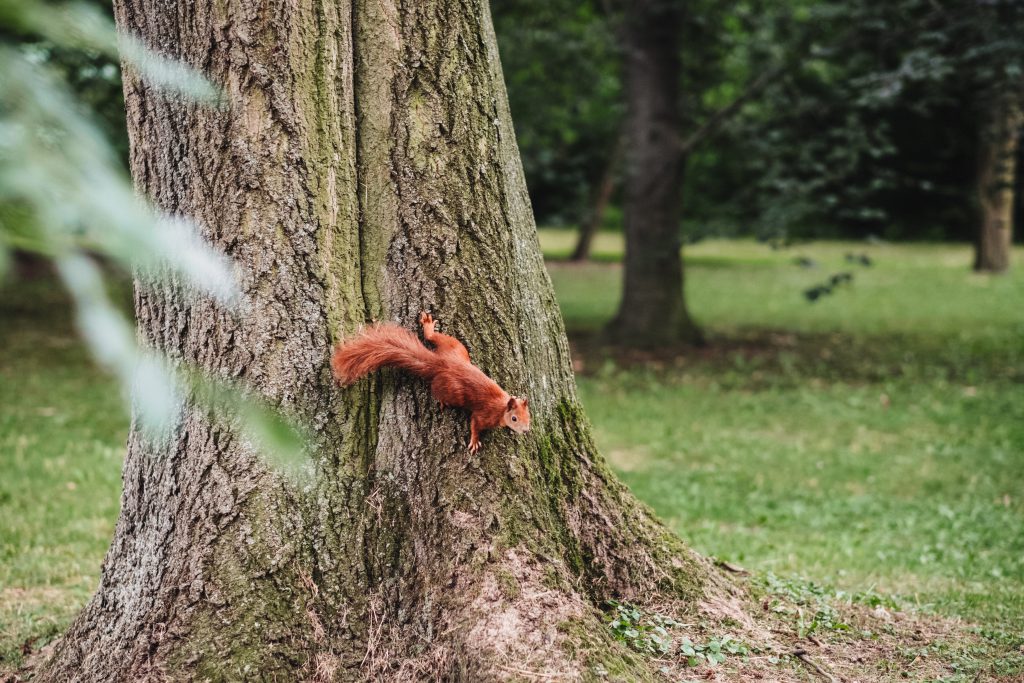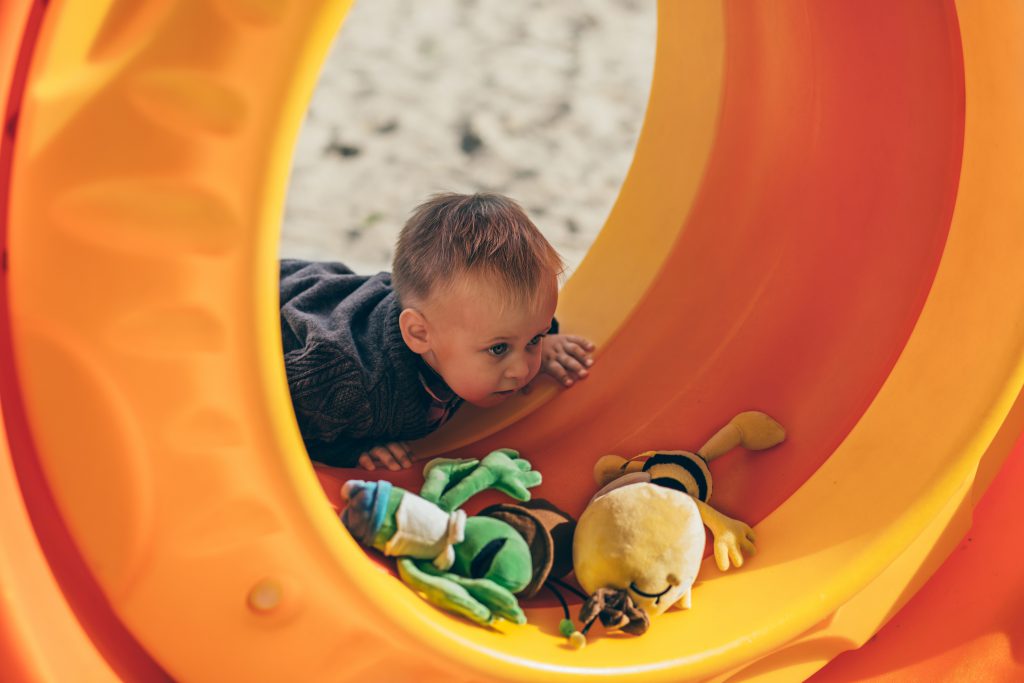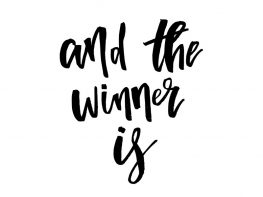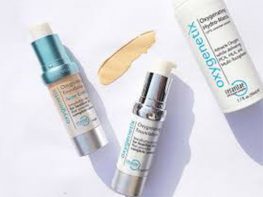mike tyson face tattoo meaning article479
No object screams “Mike Tyson” more than a pair of classic boxing gloves. They’re not only symbolic of his profession but also represent the sport of boxing as a whole. Incorporating boxing gloves into your tattoo can be a straightforward tribute, or you can get creative by personalizing the gloves with intricate designs, text, or even integrating elements of your own life story, such as dates of personal victories or challenges overcome.
Tyson’s facial “tribal tattoo” generally follows the Maori rules laid out for facial “moko” or tattoos. Tyson’s tattoo follows the contours of his face, enhancing the contours of his face and tracing the natural “geography”, for example lines along the brow ridge; the major design motifs are symetrically placed within opposed design fields: lines are used in certain areas where spirals are not used; two types of spiral are used — the koru, which is not rolled up and has a “clubbed” end, and the rolled spiral. (Ta Moko: The Art of Maori Tattoo, By D.R.Simmons) Tyson’s tattoo appears to be based around a pair of puhoro koru.
 After getting a tattoo, it is generally possible to continue boxing, as long as certain precautions are taken. It is important to exercise common sense and refrain from engaging in sparring sessions for at least a week or two. While you shouldn’t spar during this time, you can still engage in other aspects of boxing training to stay active and maintain your fitness. By being smart about your post-tattoo workouts and listening to your body, you can ensure a safe and successful return to boxing after getting inked.
After getting a tattoo, it is generally possible to continue boxing, as long as certain precautions are taken. It is important to exercise common sense and refrain from engaging in sparring sessions for at least a week or two. While you shouldn’t spar during this time, you can still engage in other aspects of boxing training to stay active and maintain your fitness. By being smart about your post-tattoo workouts and listening to your body, you can ensure a safe and successful return to boxing after getting inked.
In Tyson’s case, it serves as a symbol of his unique persona, representing his resilience and strength both inside and outside the boxing ring. This facial tattoo has become an enduring symbol of his image.
The reasons behind this tattoo remain largely personal and speculative. Mao is a complex historical figure, and Tyson’s choice to have his likeness permanently etched on his body has sparked discussion and curiosity.
Apart from the one on his face, the most famous Heavyweight boxer of our time sports quite a few well-recognizable tattoos, like the face of Chairman Mao Zedong on the right arm. Then there’s a ‘Che’ Guevara done on the left side of his stomach-rib cage. Next, his left arm has the tattoo of legendary tennis player Arthur Ashe with the ‘Days of Grace’ written above it. Finally, his former wife, Monica Turner’s face covers the left forearm.
The lawsuit drew attention to issues of intellectual property rights and the use of tattoos for commercial purposes. Although the case was eventually settled out of court, it raised important questions about the rights of tattoo artists and their work.
ATLANTIC CITY, NJ – MARCH 06: Mike Tyson performs his one-man show “Undisputed Truth” in the Music Box at the Borgata on March 6, 2020, in Atlantic City, New Jersey. (Photo by Donald Kravitz/Getty Images)
Many people use tattoos and other forms of body art to tell their stories–whether it is in memory of their loved ones, recognition of obstacles that they have overcome, or a symbol of something they are passionate about.
Gael García Bernal (played Che in The Motorcycle Diaries): “How would Ernesto feel about having his face all over the world on a T-shirt?” Alberto Granado (travel mate of Che who accompanied him): “Well, knowing him, I think he wouldn’t mind, especially if it was a girl.”
Meaning: The boxer went under the needle in the year 2003 by the tattoo artist, Victor Whitmill. The tribal tattoo is inked on the left side of Tyson’s face. This unique design stirred some commotions like lawsuit and trials when ‘The Hangover’ movie doctor’s character ‘Stu Price’ depicted a temporary tribal tattoo with the same design as Tyson’s tattoo on his face.
The tattooing process itself was a serious undertaking, with Tyson enduring hours of pain to complete the intricate design. Despite the discomfort, Tyson remained determined to see the tattoo through to completion.
The Mike Tyson tattoo has played a significant role in shaping attitudes towards tattoos in both sports and mainstream culture. Once considered taboo, tattoos have become more acceptable and even celebrated, thanks in part to Tyson’s influence.
Mike Tyson’s “warrior” tattoo was inked by Las Vegas tattooist S. Victor Whitmill in 2003. From the time of Tyson’s firstpublic appearance with the tattoo, Maori activists and scholars were critical of it as a cultural appropriation of ta moko. Tyson’s tattoo is monochrome, curvilinear, features two spiral shapes, and was placed around his left eye. Whitmill has described the “flow”: of Maori art as a design influence, and he created it after showing Tyson pictures of Maori moko. In Maori culture, facial moko is a privilege reserved for respected cultural insiders, and it represents and embodies the wearer’s sacred genealogy and social status. Appropriating an individual’s moko is profoundly offensive and akin to identity theft.
-
Как получить бонусы в Аркада Казино?
04/12/2024 -
Harpers Bazaar UK Beauty Awards Winner 2015
27/01/2016



 BACK TO NEWS & EVENTS
BACK TO NEWS & EVENTS PREVIOUS
PREVIOUS


